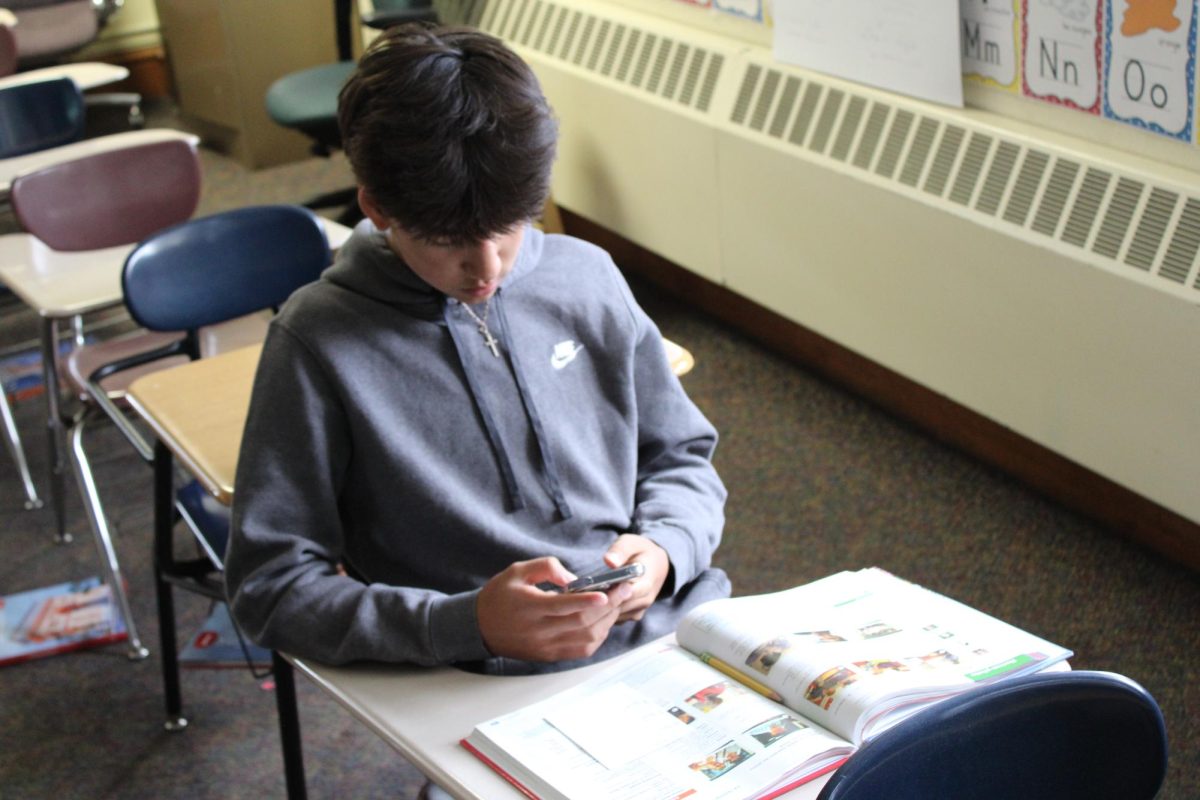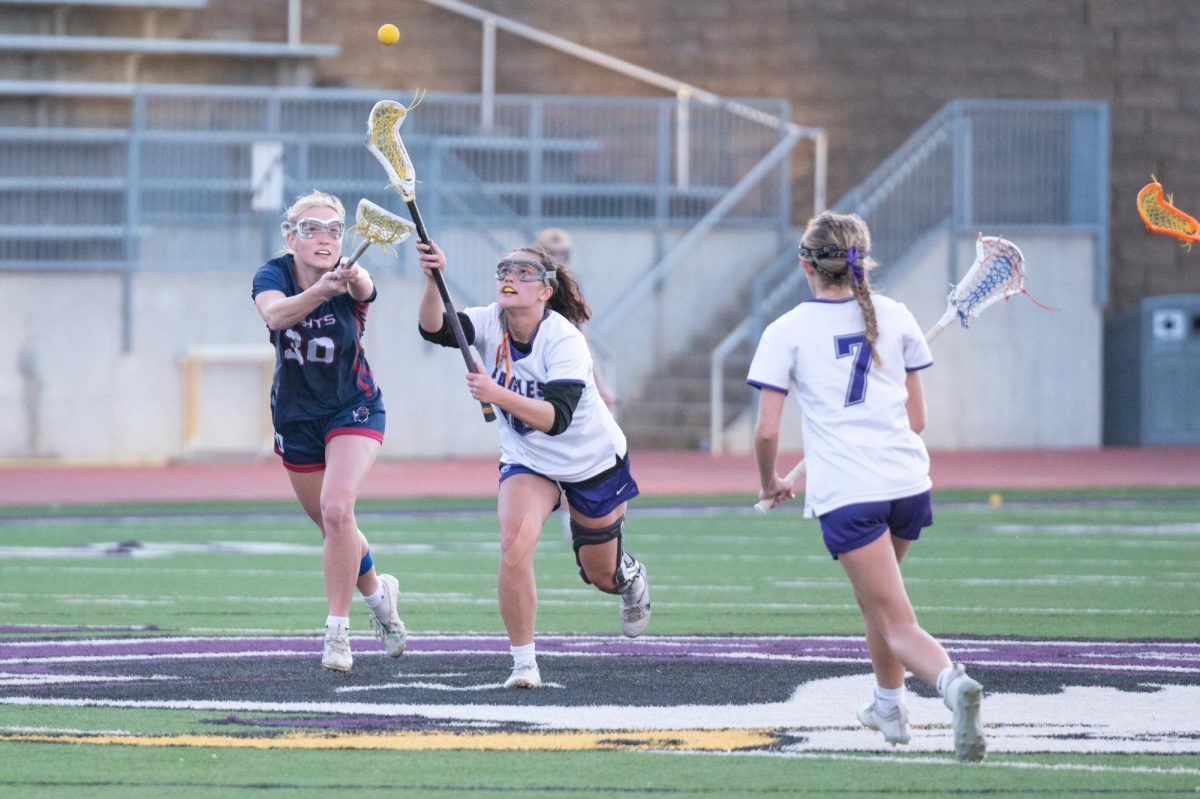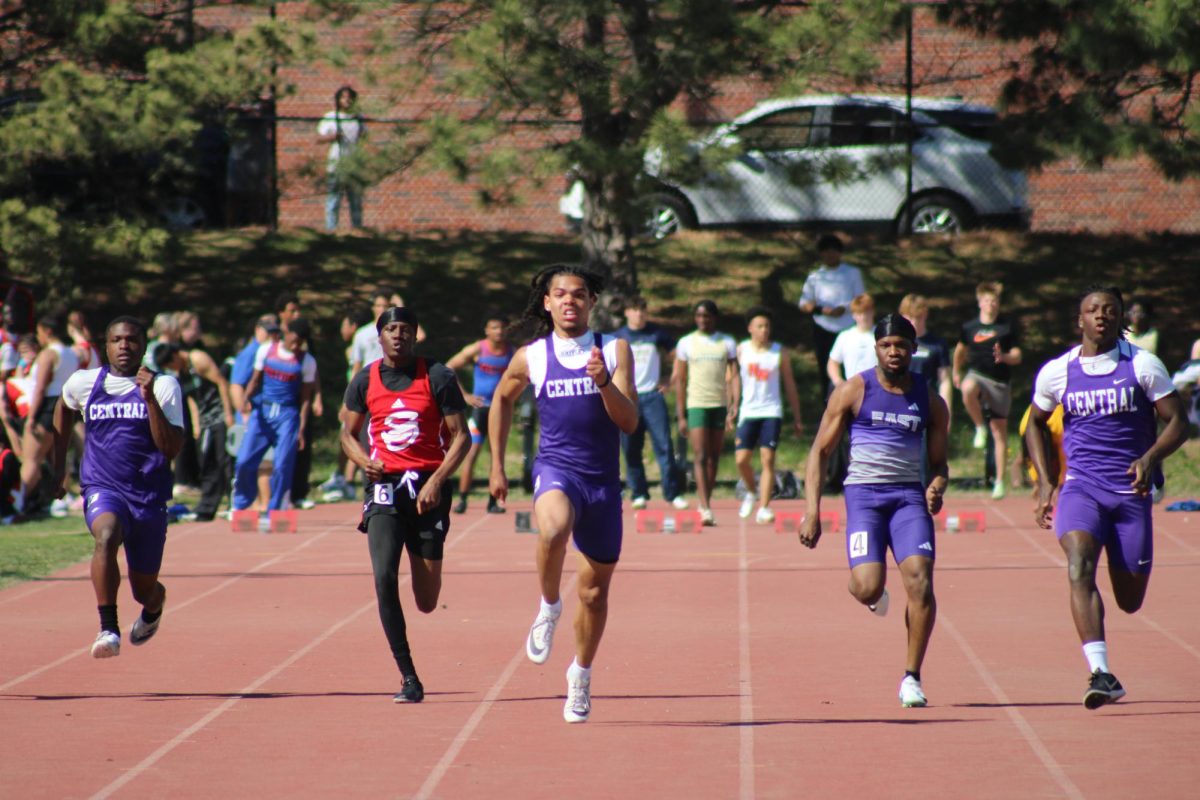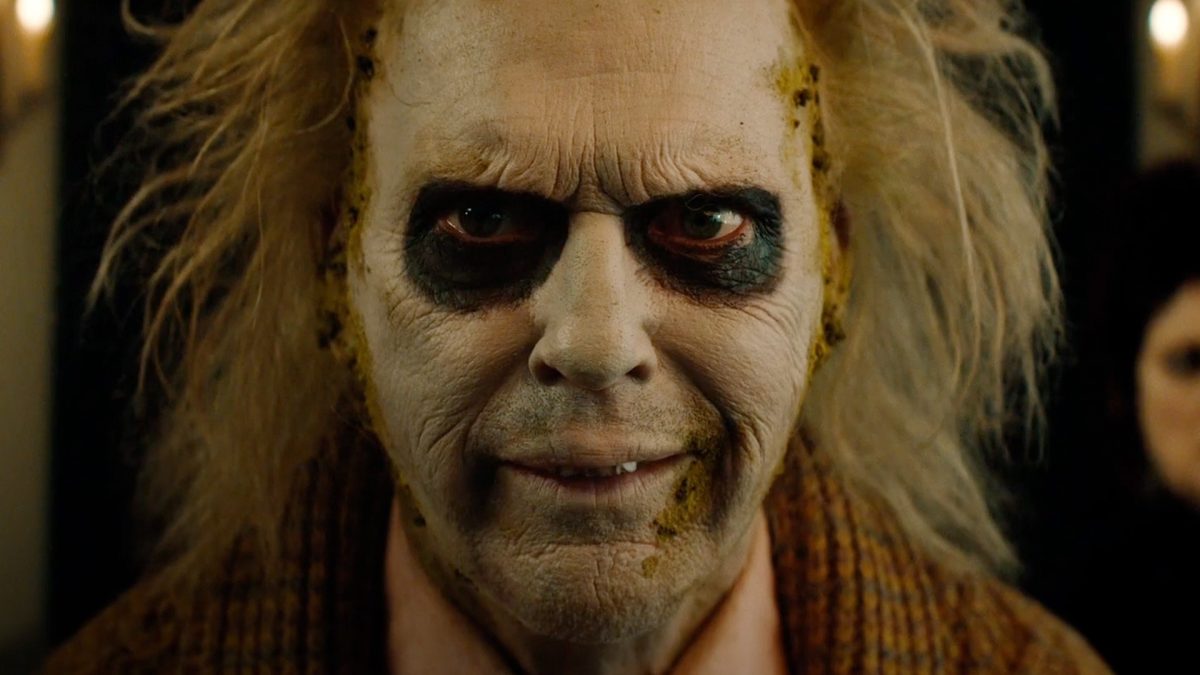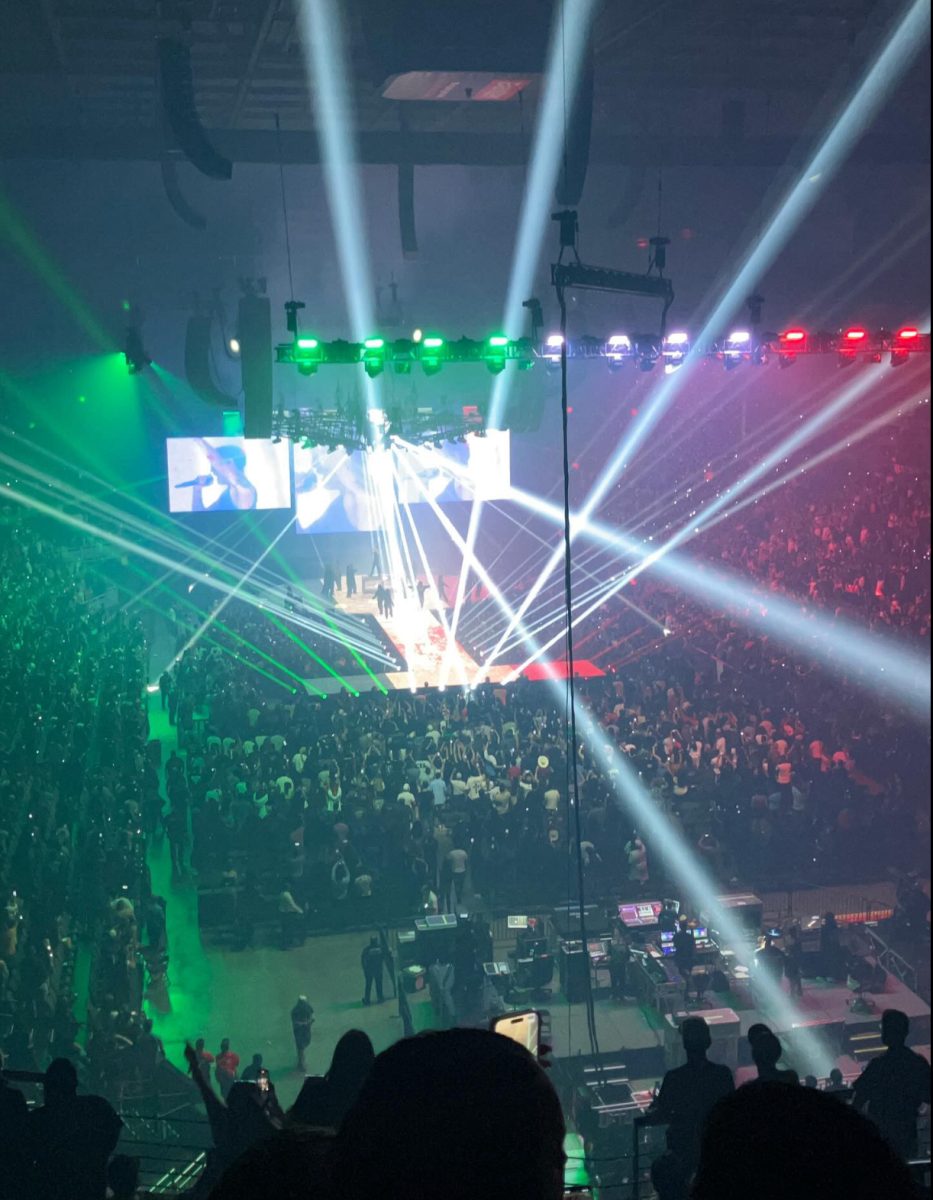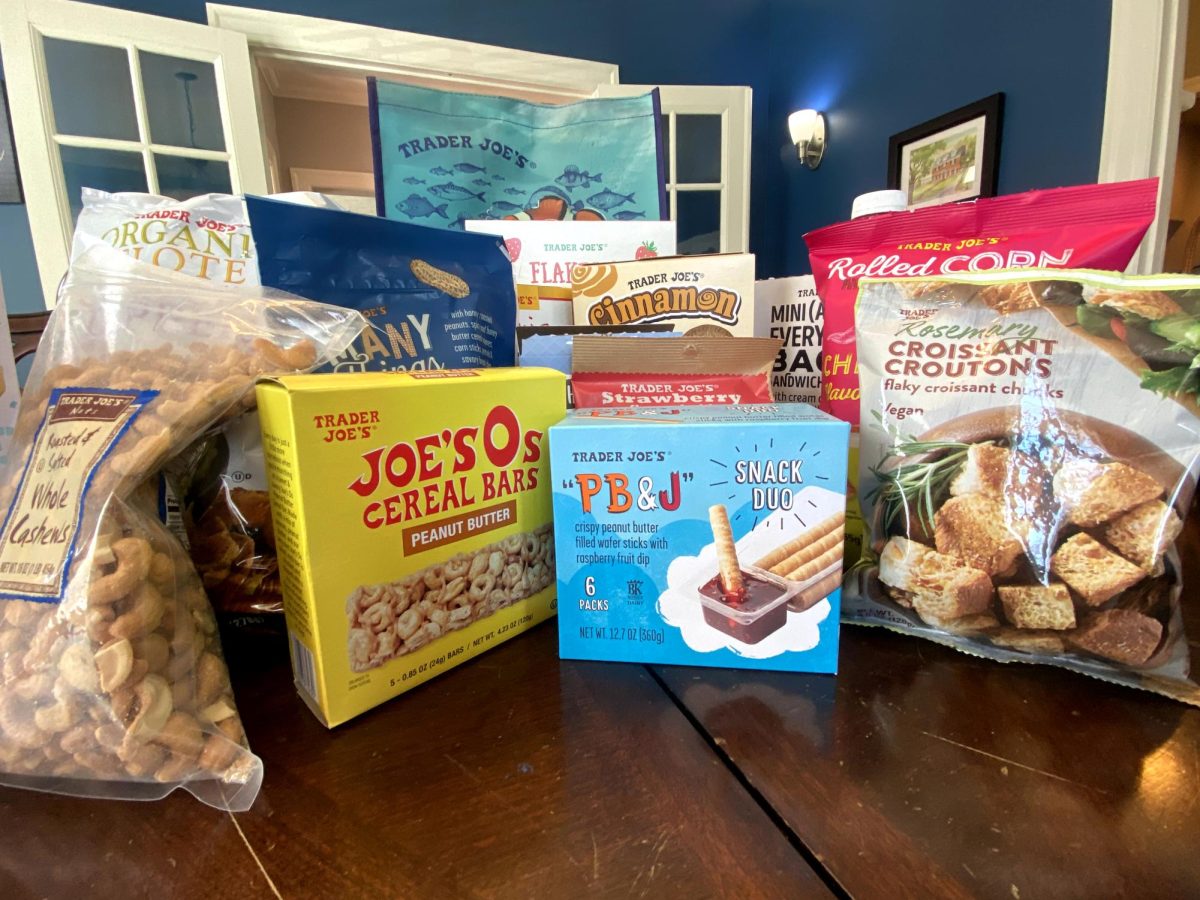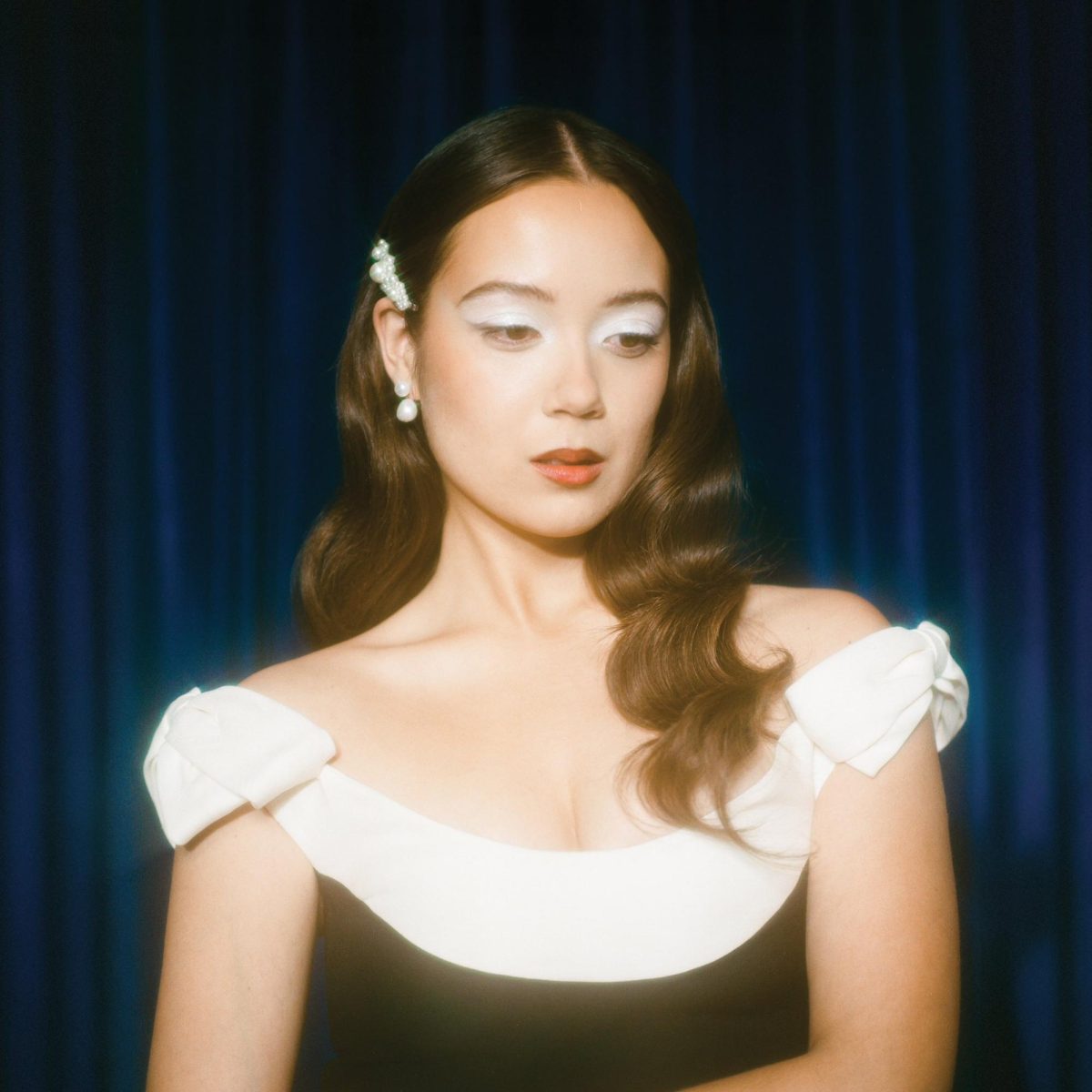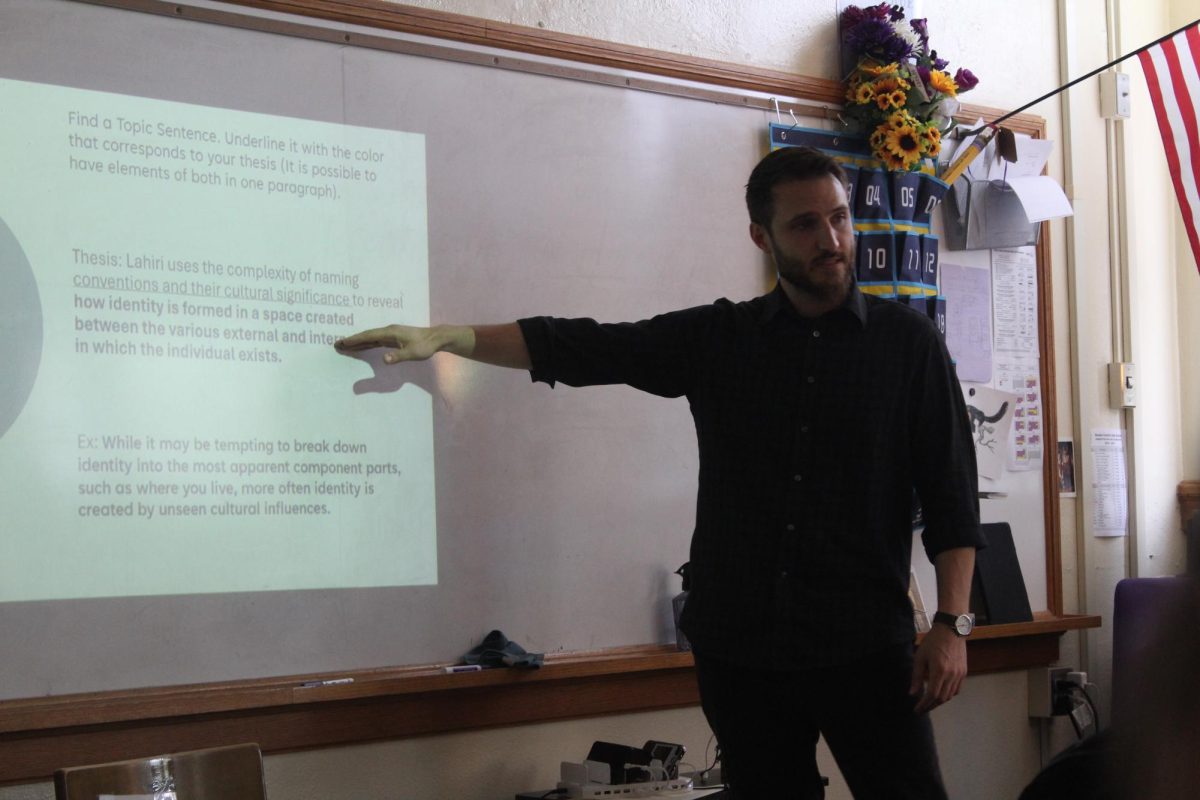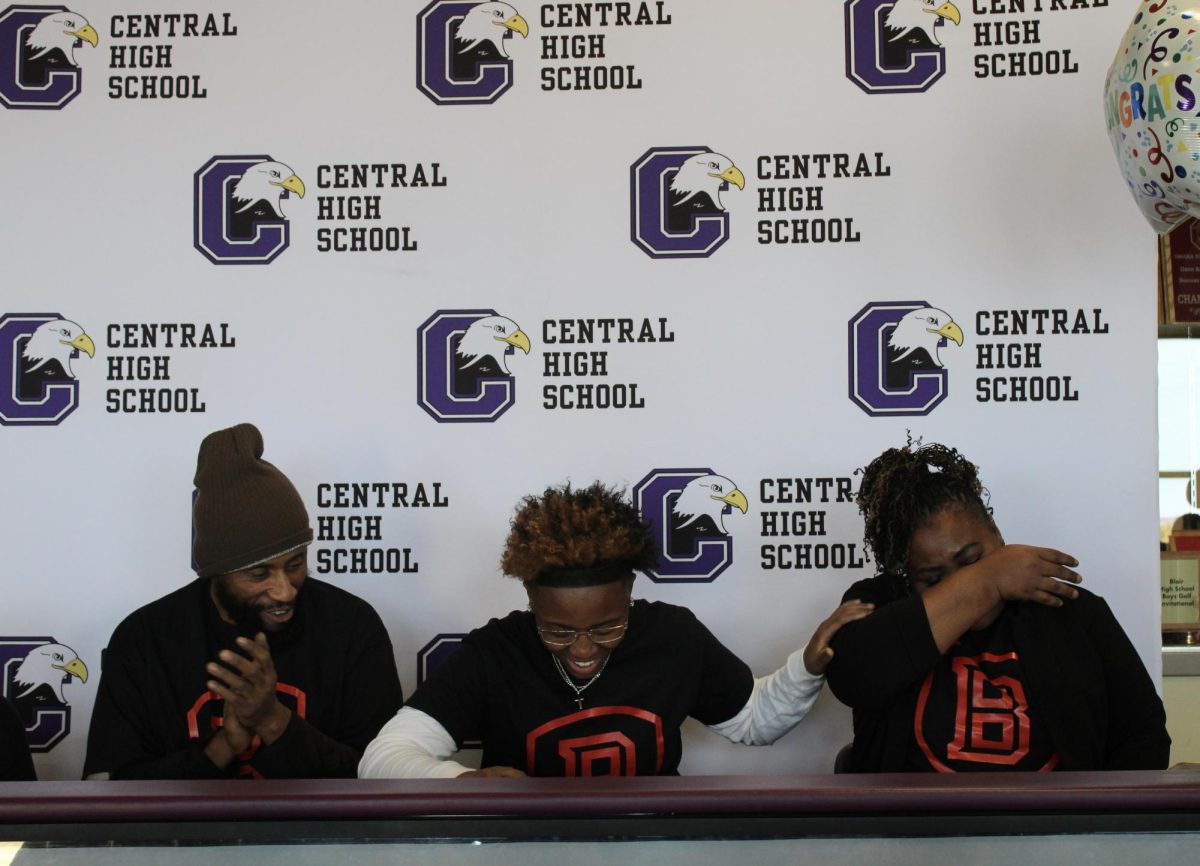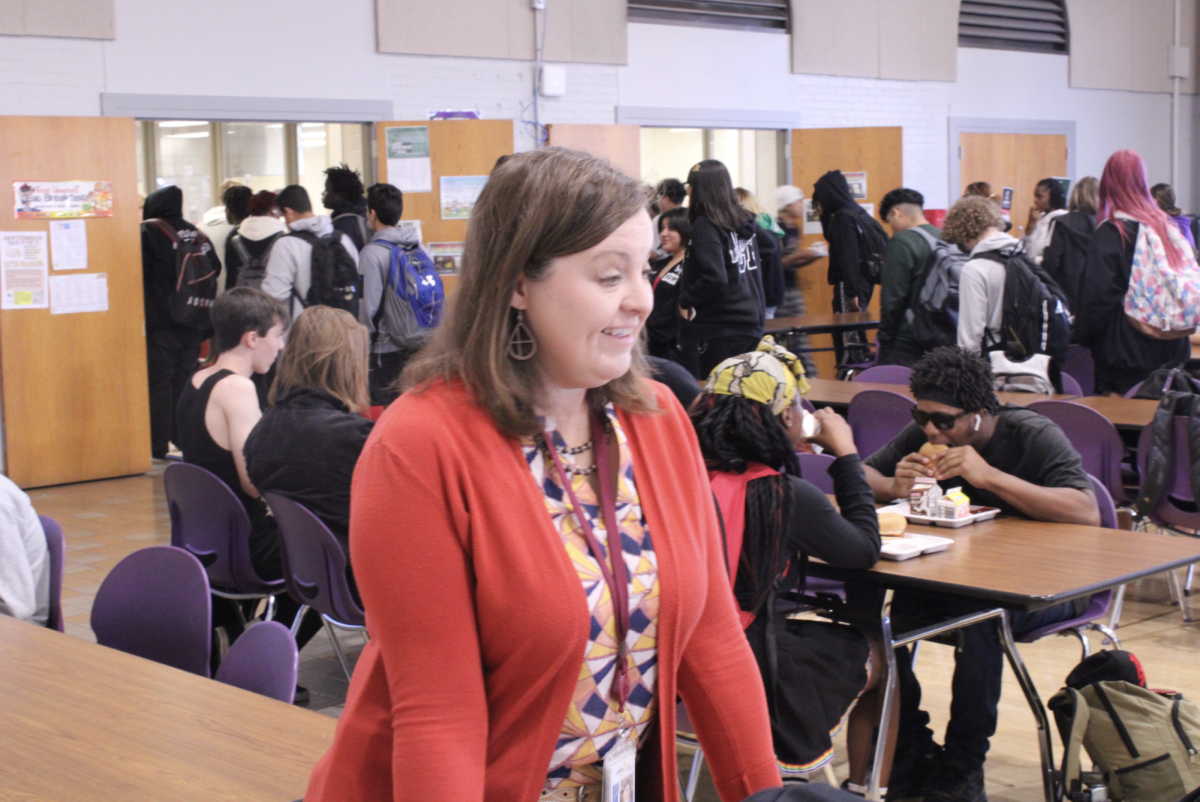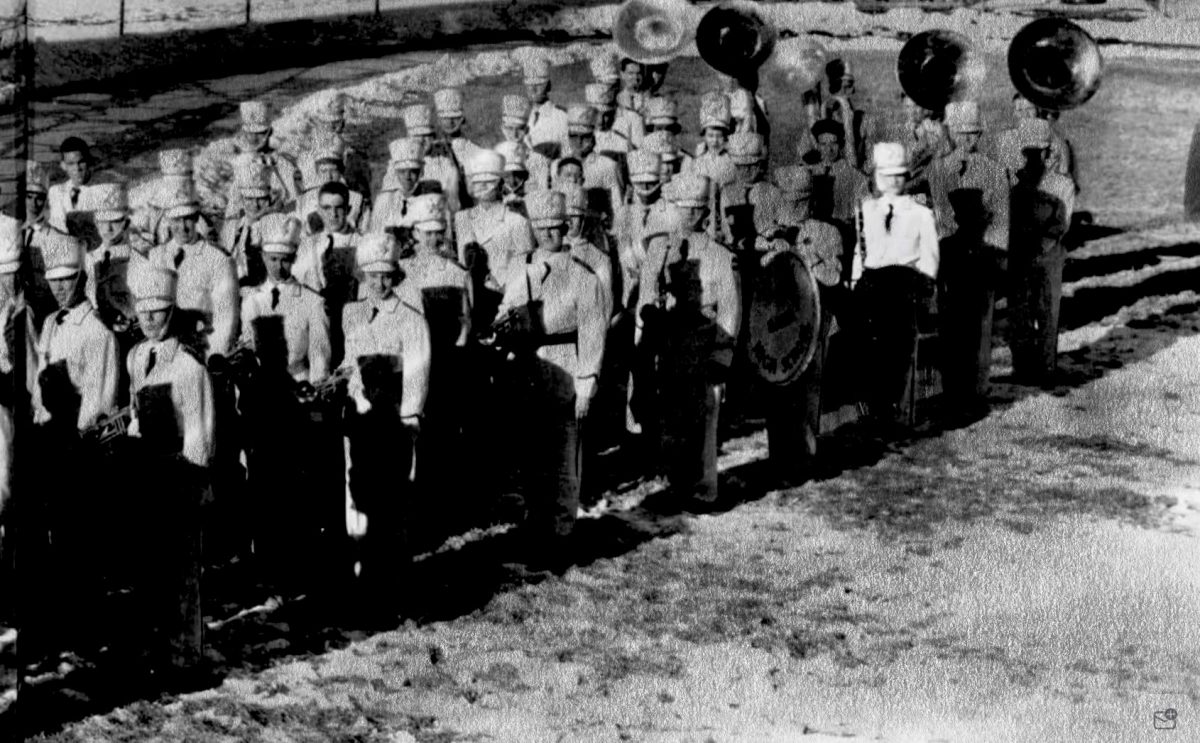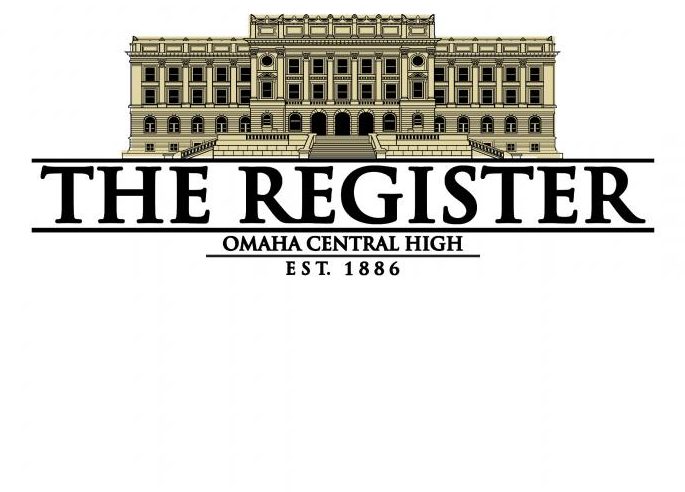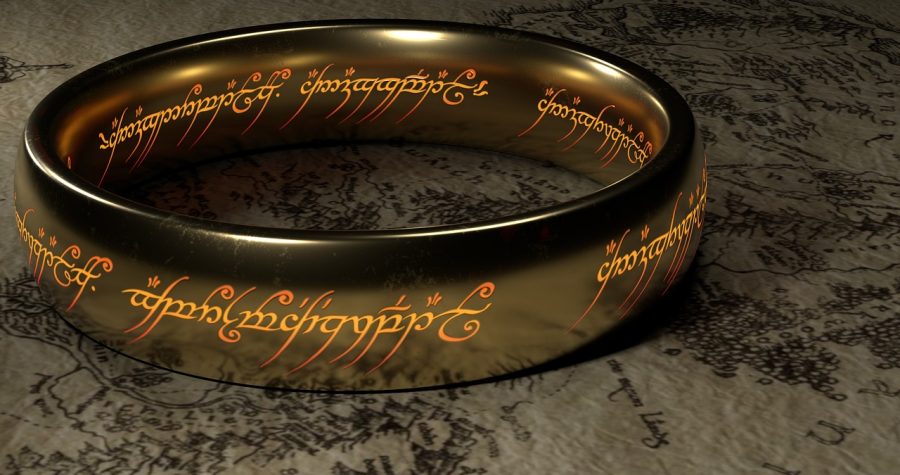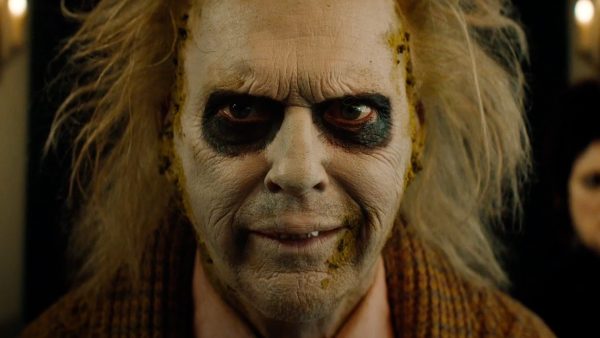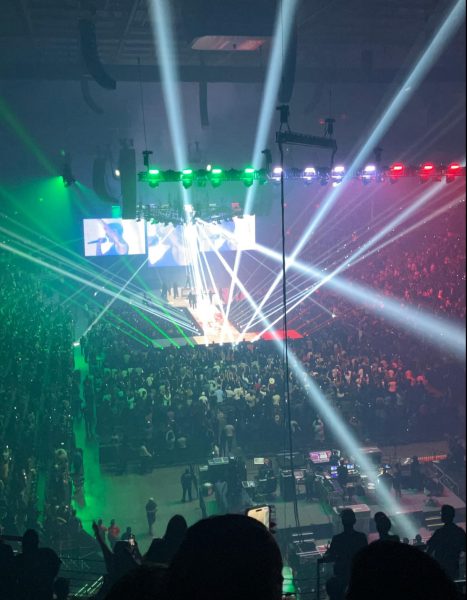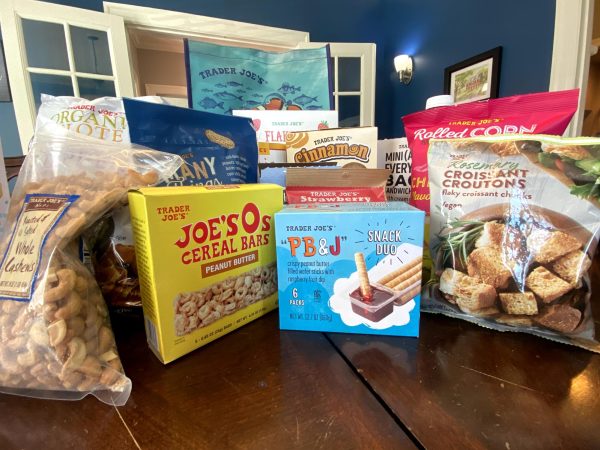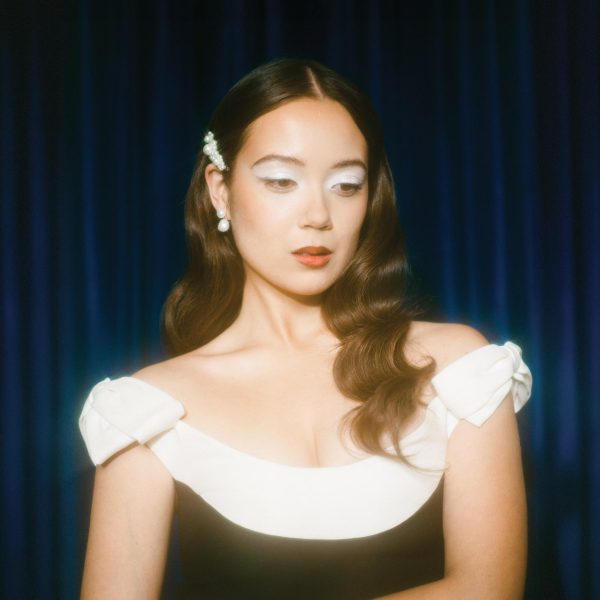The Lord of the Rings: reflecting on twenty years of cinematic excellence
To say Peter Jackson’s trilogy of films adapted from J.R.R. Tolkien’s fantasy epic was revolutionary might be one of the greatest understatements in modern history. It reinvented the way process of making movies, and that’s an accomplishment all to itself, but the crew behind The Lord of the Rings also crafted a twelve-and-a-half-hour story that was intriguing and engaging from beginning to end. So, with the twentieth anniversary of the release of the film that started the trilogy, The Fellowship of the Ring, coming on December 19th, I thought it best to reflect on the triumphs of such a groundbreaking set of films.
For a series with a runtime lasting over half a full day (using the lengths of the extended editions), it seems almost reasonable for one to assume their first viewing would be one filled with boredom. After all, Jackson’s second Middle-Earth trilogy, The Hobbit, received, shall we say, less-than-ideal reviews (some being from myself as well), almost completely thanks to its bloated runtime.
There is quite an obvious explanation for this. The Hobbit was based on a single book similarly named The Hobbit, with its plot points being stretched out like butter being scraped over too much bread. It lost a lot of the substance a single movie would’ve had. Compare this to the three books that make up The Lord of the Rings. Yes, the movies are quite long, but every frame of the trilogy is deserving of screentime. Every scene serves a purpose to the story, with every character arc feeling completely flushed out, and every victory completely earned.
Of course the films have stood the test of time from a critic’s standpoint, but what’s truly impressive is how they have stood the test of time from a visual effects perspective. While an entire essay could be written on the technical roadblocks their VFX team overcame with the character Gollum, the series as a whole needs to be appreciated, as it stands as a testament to what a filmmaker can achieve with enough dedication and proper execution.
If one accomplishment of the films; visual effects had to take the spotlight, it would have to be what they did to create the scale of Middle-Earth. From the largest of battles to the smallest of creatures, The Lord of the Rings is able to give its audience a glimpse into a world as fantastical as it is ancient. Through the use of miniatures across multiple scales, locations like Helm’s Deep, Isengard, and Rivendell can be brought to life and experienced in a way not many other techniques could capture.
As mentioned before, it’s not just the locations that Jackson was able to portray on screen. The creatures of the world of Middle-Earth were given the attention a newborn baby is deserving of, with the greatest of his achievements coming in the form of the Hobbits.
Just like the miniatures used for different locales, different-scaled sets were constructed for areas in Hobbiton so the hobbits of the area could better represent their height. For just one scene in The Fellowship of the Ring where Frodo Baggins is pouring tea for Gandalf, the production crew built an entire dining room, furnished with decorations of wild proportions, so Frodo could look that much smaller than his wizard friend.
Even after two decades since the release of the movie that kicked off this trilogy, the cultural impact of The Lord of the Rings has far from dwindled, and still stands today as an embodiment of one author’s vision fully coming to life on the silver screen, with thanks to some incredibly talented filmmakers.
Your donation will support the student journalists of Omaha Central High School. Your contribution will allow us to purchase equipment and cover our annual website hosting costs.
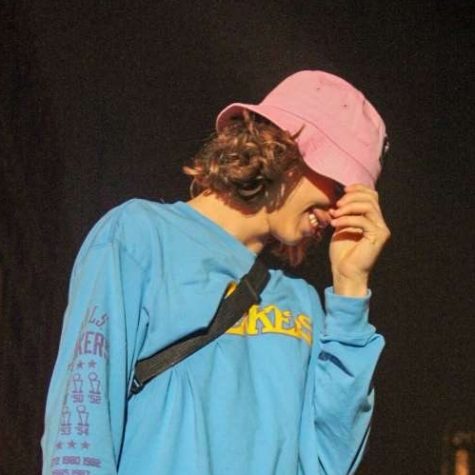
Hello there! I'm a sophomore, and this is my second year on staff. I am also an avid Letterboxd user.



